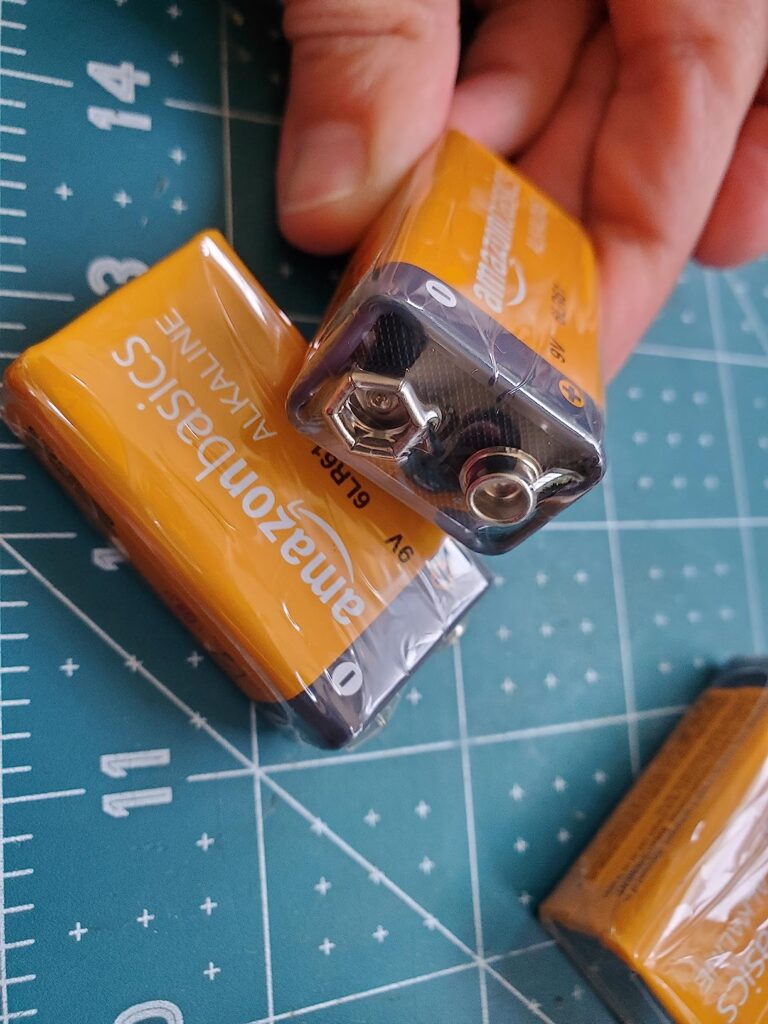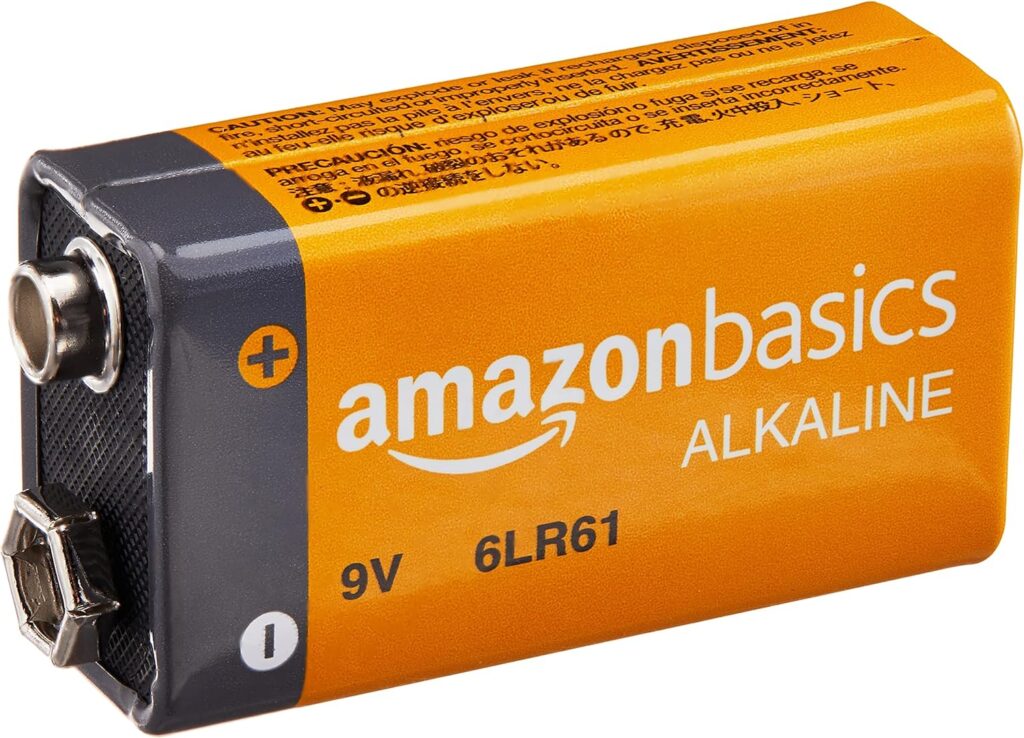Discover the benefits of sweatbands for your fitness routine. Enhance your performance and stay comfortable with these stylish and functional accessories.


Smoke detectors are an essential part of any home’s safety system. They are designed to detect smoke and alert you to a potential fire, giving you precious time to escape. However, many people overlook the importance of regularly replacing the smoke detector’s battery. In this article, we will explore why it is crucial to replace your smoke detector battery regularly and how to do it properly.
Early Fire Detection
Smoke detectors are designed to detect the presence of smoke in the air. They contain sensors that are triggered when they detect certain particles or gases associated with smoke. By detecting smoke early on, smoke detectors provide an early warning sign of a potential fire in your home. This early detection can give you and your family valuable time to evacuate the premises and call emergency services.
Life-Saving Potential
Functional smoke detectors can be life-saving devices. According to the National Fire Protection Association (NFPA), three out of five home fire deaths occur in homes without working smoke detectors. Smoke detectors are particularly important at night when you and your family are sleeping and may not be able to detect the presence of smoke or fire as quickly. Having functional smoke detectors in your home increases your chances of surviving a fire.
Compliance with Building Codes
Many building codes and regulations require the installation of smoke detectors in residential and commercial buildings. These codes often specify the number of smoke detectors required and their placement within the building. Regularly replacing the smoke detector battery in your smoke detectors ensures that they remain functional and compliant with these codes. Failure to comply with building codes can result in fines and penalties, as well as increased risk to your safety.

Ionization Smoke Detectors
Ionization smoke detectors use a small amount of radioactive material, typically americium-241, to ionize the air inside the detector. When smoke enters the detector, it disrupts the ionization process, triggering the alarm. Ionization smoke detectors are more sensitive to flaming fires and are often used in bedrooms, living rooms, and hallways.
Photoelectric Smoke Detectors
Photoelectric smoke detectors use a light source and a light-sensitive sensor to detect smoke particles. When smoke enters the detector, it scatters the light, triggering the alarm. Photoelectric smoke detectors are more sensitive to smoldering fires and are often used in kitchens, basements, and garages.
Dual-Sensor Smoke Detectors
Dual-sensor smoke detectors combine both ionization and photoelectric sensors to provide comprehensive smoke detection. They are designed to detect both fast-flaming fires and smoldering fires, making them suitable for various areas of your home.
Powering the Smoke Detector
Smoke detectors rely on smoke detector battery to power the detection mechanisms and sound the alarm when smoke is detected. Without a functioning battery, the smoke detector will not be able to detect smoke or warn you of a potential fire.
Backup Power Source
Smoke detectors often have a backup power source, such as a battery, in case of a power outage. This ensures that the smoke detector remains functional even when the electricity is not available. It is essential to regularly replace the backup battery to ensure uninterrupted operation of the smoke detector.
Low Battery Warning
Smoke detectors are designed to provide a low battery warning when the battery is running low. This warning is typically in the form of a chirping sound or a flashing light. Regularly replacing the battery in your smoke detector prevents the annoyance of a low battery warning and ensures that the smoke detector continues to function properly.

Chirping Sound
If your smoke detector emits a chirping sound at regular intervals, it is a sign that the battery needs to be replaced. The chirping sound is the smoke detector’s way of alerting you to a low battery. Ignoring this warning can result in a non-functional detector when you need it most.
Test Button Failure
Most smoke detectors have a test button that allows you to check if the alarm is working correctly. If pressing the test button does not produce a loud, audible alarm, it may indicate a failing battery. In this case, replacing the battery is necessary to ensure the smoke detector’s functionality.
Age of the Battery
Even if your smoke detector is not exhibiting any signs of a failing battery, it is essential to consider the age of the battery. Most smoke detector manufacturers recommend replacing the battery every six months or annually, regardless of its current state. This proactive approach ensures that the smoke detector is always powered by a fresh battery.
Manufacturer’s Recommendations
It is important to follow the manufacturer’s recommendations for replacing the battery in your smoke detector. Different manufacturers may have different guidelines, so consult your smoke detector’s user manual or the manufacturer’s website for specific instructions. Some manufacturers recommend replacing the battery every six months, while others suggest an annual replacement.
Annual Battery Replacement
As a general rule of thumb, it is recommended to replace the battery in your smoke detector annually. This ensures that the battery is fresh and reliable, minimizing the risk of a failing battery when you need the smoke detector the most. Choosing a specific date, such as your birthday or a holiday, can serve as a yearly reminder to replace the smoke detector battery.
Daylight Saving Time Reminder
Many people find it convenient to replace the battery in their smoke detectors twice a year when they adjust their clocks for daylight saving time. This biannual routine serves as a reminder to check the functionality of your smoke detector and replace the battery if necessary. This approach helps ensure that your smoke detectors are always powered by a fresh battery.
Before replacing the battery, ensure that you turn off the power to the smoke detector. This can usually be done by flipping the corresponding circuit breaker in your electrical panel or removing the smoke detector from its mounting bracket.
Remove the Smoke Detector
If your smoke detector is mounted on the ceiling or wall, carefully remove it from its mounting bracket. This can usually be done by twisting or sliding the smoke detector out of its bracket.
Open the Smoke Detector Compartment
Once the smoke detector is removed, locate the compartment where the battery is housed. This compartment is typically located on the back or side of the smoke detector and can be opened by sliding or pressing a latch.
Remove the Old Battery
Remove the old battery from the smoke detector compartment. Pay attention to the type and orientation of the battery to ensure that you replace it correctly.
Insert the New Battery
Insert the new battery into the smoke detector compartment, following the correct orientation specified by the manufacturer. Ensure that the smoke detector battery is securely in place.
Close the Smoke Detector Compartment
Close the smoke detector compartment by sliding or pressing the latch back into place. Ensure that the compartment is securely closed.
Reattach the Smoke Detector
If you removed the smoke detector from its mounting bracket, carefully reattach it by twisting or sliding it back into place. Ensure that it is securely mounted.
Test the Smoke Detector battery
After replacing the battery, test the smoke detector to ensure that it is functioning correctly. Press the test button on the smoke detector, and listen for the loud, audible alarm. If the alarm does not sound, double-check the battery installation or consult the smoke detector’s user manual for troubleshooting steps.

Alkaline Batteries
Alkaline batteries are the most common type of battery used in smoke detectors. They are affordable, widely available, and have a relatively long shelf life. An alkaline smoke detector battery is suitable for most residential smoke detectors and provides reliable power.
Lithium Batteries
Lithium batteries are another option for powering smoke detector battery. They have a longer shelf life than alkaline batteries and can withstand temperature extremes better. Lithium batteries are often recommended for smoke detectors in areas with temperature fluctuations, such as garages or attics.
Rechargeable Batteries
Rechargeable batteries, such as nickel-metal hydride (NiMH) or lithium-ion (Li-ion) batteries, can also be used in smoke detectors. However, it is important to ensure that the rechargeable batteries are compatible with the smoke detector and that they are charged regularly. Rechargeable batteries may require more frequent maintenance compared to alkaline or lithium batteries.
Regular Cleaning
Regularly clean your smoke detectors to remove any dust, dirt, or debris that may hinder their functionality. Use a soft brush or vacuum attachment to gently clean the exterior and vents of the smoke detector. Avoid using harsh cleaning chemicals or spraying directly onto the smoke detector.
Test Your Smoke Detector Monthly
Test your smoke detectors monthly to ensure that they are functioning correctly. Press the test button and listen for the loud, audible alarm. If the alarm does not sound, replace the battery or troubleshoot the smoke detector as necessary.
Replace Smoke Detectors Every 10 Years
Smoke detectors have a limited lifespan, typically around 10 years. After this time, the sensors and components may become less reliable. It is important to replace your smoke detectors every 10 years to ensure that you have the most up-to-date technology and reliable protection.


In conclusion, regularly replacing your smoke detector battery is crucial for maintaining the functionality of your smoke detector. It ensures early fire detection, potentially saving lives, and complying with building codes. By following the manufacturer’s recommendations, replacing your smoke detector battery annually or during daylight saving time, and knowing the signs of a failing smoke detector battery, you can keep your home and loved ones safe. Remember to properly follow the steps to replace your smoke detector battery and consider the different types of batteries available. Regular maintenance and testing will also help ensure the reliability of your smoke detector battery system. Stay safe!